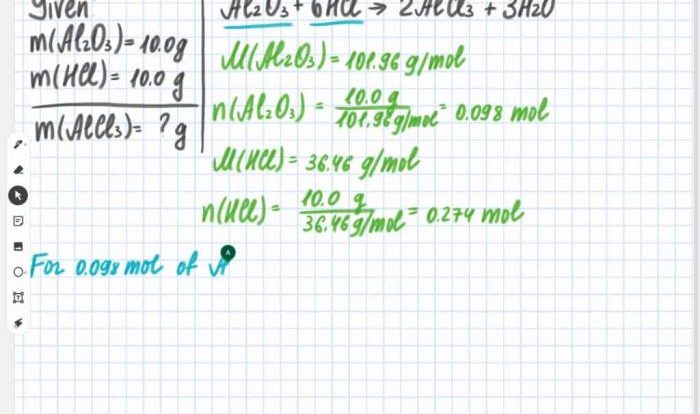Embark on an enlightening journey through the chemistry classification of matter worksheet, an indispensable resource that unravels the intricacies of matter and its diverse properties. This comprehensive guide delves into the fundamental concepts of matter classification, equipping you with a thorough understanding of the building blocks of our universe.
Delve into the fascinating realm of matter’s physical and chemical properties, discovering how these characteristics shape the behavior and applications of various substances. Explore the diverse classification systems employed to organize matter based on its state, composition, and structure. Uncover the distinctions between elements, compounds, and mixtures, gaining insights into their unique properties and interactions.
Properties of Matter
Matter is anything that has mass and takes up space. It can be classified based on its properties, which can be either physical or chemical.
Physical properties are those that can be observed or measured without changing the chemical composition of the substance. Examples include color, density, melting point, and boiling point. Chemical properties, on the other hand, describe the way a substance reacts with other substances.
Examples include flammability, reactivity, and toxicity.
Classification of Matter
Matter can be classified in several ways, including by its state, composition, and structure.
By state, matter can be classified as solid, liquid, or gas. Solids have a definite shape and volume, liquids have a definite volume but no definite shape, and gases have neither a definite shape nor a definite volume.
By composition, matter can be classified as an element, a compound, or a mixture. Elements are substances that cannot be broken down into simpler substances by chemical means. Compounds are substances that are composed of two or more elements chemically combined in fixed proportions.
Mixtures are combinations of two or more substances that are not chemically combined.
By structure, matter can be classified as crystalline or amorphous. Crystalline substances have a regular, repeating arrangement of atoms, ions, or molecules, while amorphous substances do not have a regular arrangement.
| Classification System | Criteria | Examples | Properties |
|---|---|---|---|
| State | Physical state | Solid, liquid, gas | Shape, volume |
| Composition | Chemical composition | Element, compound, mixture | Elements: cannot be broken down chemically; Compounds: fixed proportions of elements; Mixtures: combinations of substances |
| Structure | Arrangement of particles | Crystalline, amorphous | Crystalline: regular arrangement; Amorphous: irregular arrangement |
Elements, Compounds, and Mixtures
Elements are the basic building blocks of matter. They are pure substances that cannot be broken down into simpler substances by chemical means. Each element is represented by a unique chemical symbol, such as H for hydrogen, O for oxygen, and Na for sodium.
Compounds are substances that are composed of two or more elements chemically combined in fixed proportions. Compounds have different properties than the elements that compose them. For example, water (H 2O) is a compound composed of hydrogen and oxygen. Water has different properties than hydrogen or oxygen alone.
Mixtures are combinations of two or more substances that are not chemically combined. Mixtures can be separated into their component substances by physical means, such as filtration or distillation.
Chemical Reactions, Chemistry classification of matter worksheet
Chemical reactions are processes in which one or more substances are transformed into one or more different substances. Chemical reactions are represented by chemical equations, which show the reactants (the substances that are consumed) and the products (the substances that are formed).
Chemical reactions can be classified into several types, including synthesis reactions, decomposition reactions, single-replacement reactions, double-replacement reactions, and combustion reactions.
Applications of Matter Classification
Matter classification has a wide range of applications in various fields, including chemistry, materials science, and environmental science.
In chemistry, matter classification is used to identify and characterize substances. It is also used to predict the properties of new substances and to develop new materials.
In materials science, matter classification is used to design and develop new materials with specific properties. For example, engineers can use matter classification to develop new materials that are stronger, lighter, or more resistant to corrosion.
In environmental science, matter classification is used to identify and monitor pollutants. It is also used to develop methods for cleaning up pollution and protecting the environment.
FAQ: Chemistry Classification Of Matter Worksheet
What is the purpose of matter classification?
Matter classification provides a systematic framework for organizing and understanding the vast array of substances that exist, enabling scientists to study their properties, predict their behavior, and harness their potential for various applications.
How can matter be classified based on its composition?
Matter can be classified based on its composition into elements, compounds, and mixtures. Elements are pure substances composed of only one type of atom, compounds are substances composed of two or more different types of atoms chemically combined in fixed proportions, and mixtures are combinations of two or more substances that retain their individual identities.
What are the different types of chemical reactions?
Chemical reactions can be classified into various types based on the changes they induce in the reactants and products. Some common types of chemical reactions include combination reactions, decomposition reactions, single-replacement reactions, double-replacement reactions, and combustion reactions.
